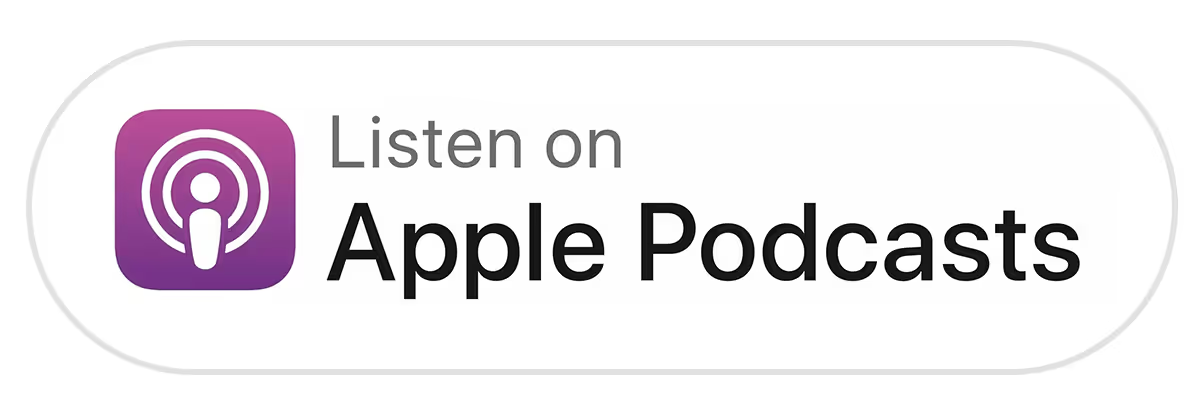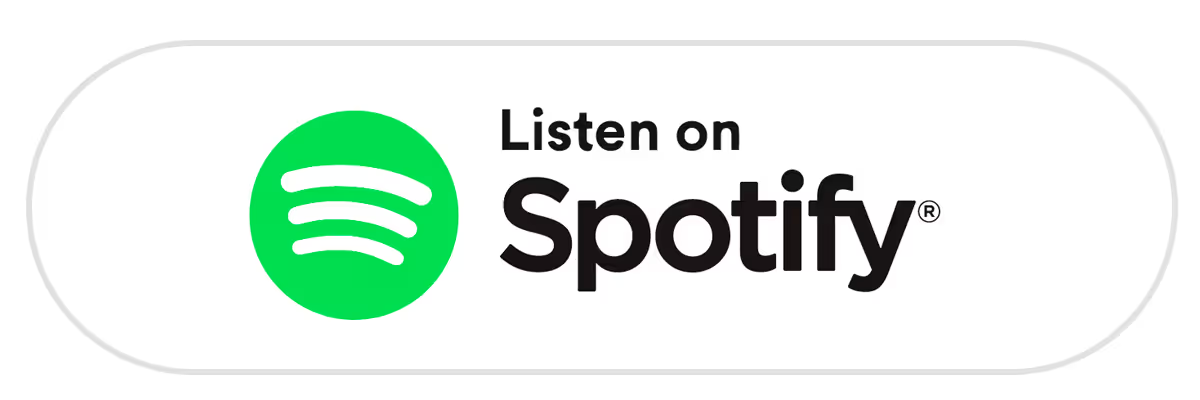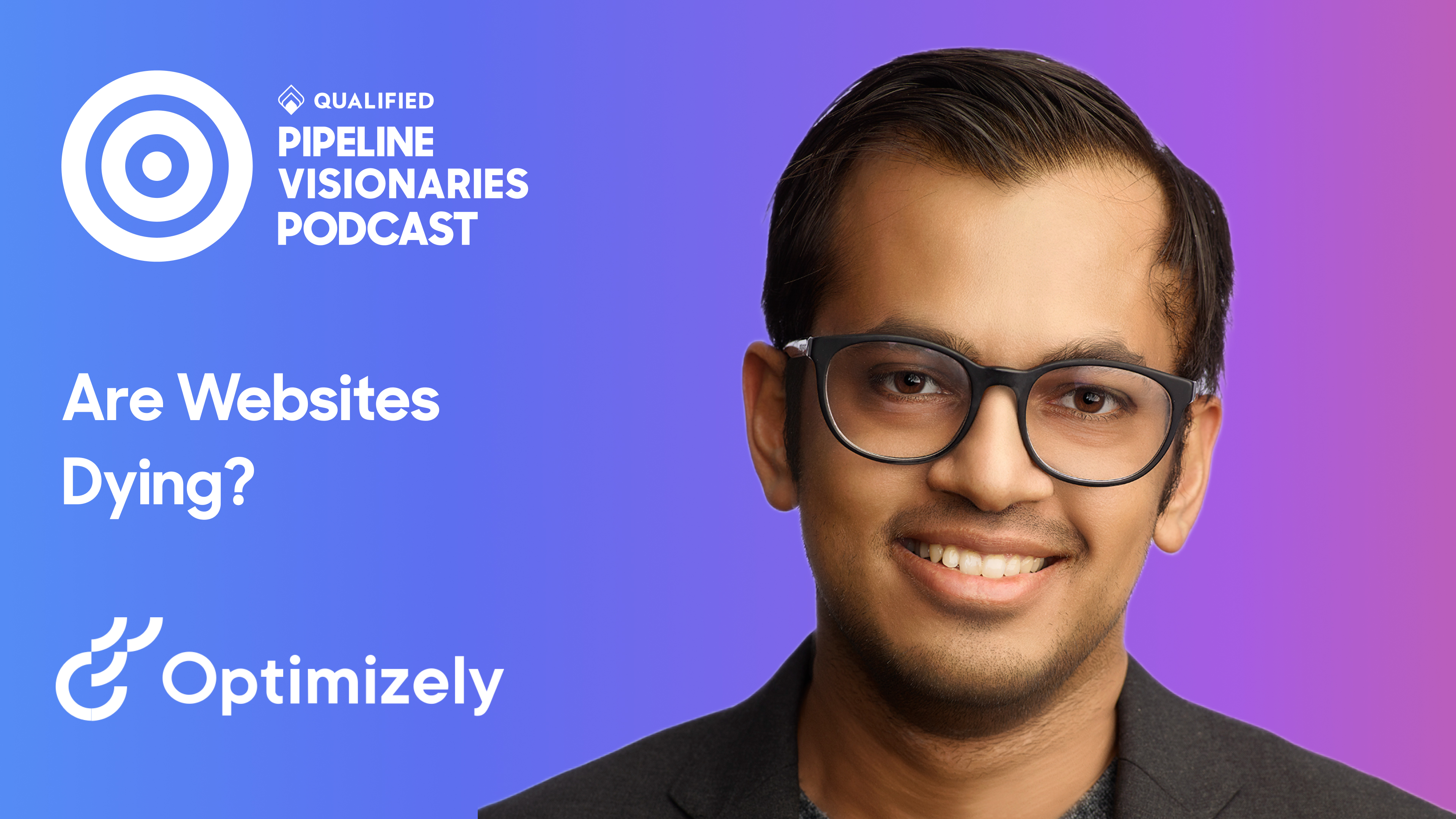This episode features an interview with Dan Verley, SVP of Sales, Workplace Technologies and Services at Canon Solutions America. Canon provides integrated systems technology that comprise one of the strongest solutions portfolios in the document management industry. Dan has a highly diverse skillset with more than 34 years of proven experience successfully leading both sales and operations.
On this episode Dan shares his insights into achieving sales and marketing alignment, why having curated content that is easily digestible is important, and why marketing is an invaluable tool when paired with the needs of the organization.
Key Takeaways
- The combination of marketing and sales works best when we look at it from both angles
- Having curated content that your sales team can easily digest and communicate to the customer, helps to emphasize the brand message
- Marketing is an invaluable tool, it's really a powerful tandem when you go to market if things are aligned








.jpg)

.jpg)







.svg)


